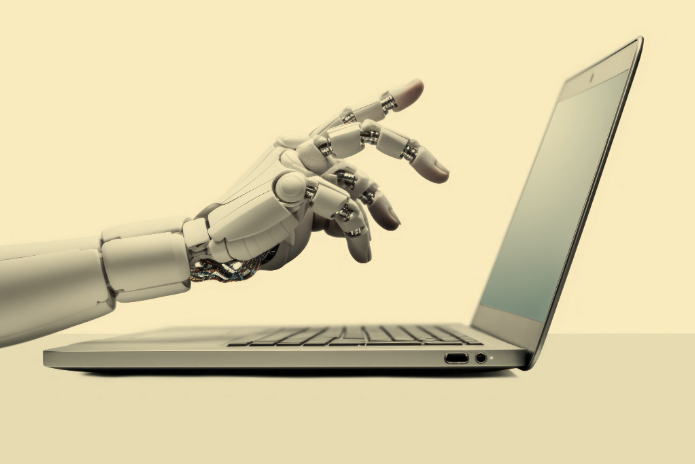If, in these last two years, the emergence of Generative Artificial Intelligence has given us a glimpse of this technology’s potential – and we must agree – it has had a considerable impact in areas such as customer service, in 2025 we should witness the development of ‘agentic AIs,’ which promise to substantially transform the technology landscape. Alongside the ever-expanding use of AI models by an even broader range of businesses and niches, the fact is that today, no company can ignore the potential application of AI in innovation or operations.
Unlike traditional AIs, which require constant human supervision, agentic AIs are designed to operate independently, performing complex tasks without direct human intervention. This advancement is made possible by deep learning algorithms that enable systems to understand and process large volumes of data in real-time, quickly adapting to new information and contexts.
Moreover, agentic AI systems utilize vast amounts of data from diverse sources to independently analyze challenges, develop strategies, and execute complex, sequential tasks. The potential applications of this type of AI are enormous, starting with customer service, extending to processing any kind of information or business processes, and even cybersecurity, where tasks that currently require human intervention—such as analyzing and correcting system vulnerabilities—can be automated.
In Brazil, the adoption of agentic AI is still in its early stages. Some sectors are already testing the new model, and according to research by the Institute of Applied Economic Research (IPEA), by 2025, around 40% of large Brazilian companies plan to integrate agentic AI systems into their operations.
Impact of Agentic AI
The potential impact of agentic AI is enormous. Banks and financial institutions could reduce fraud incidence by up to 50% with this technology, according to the Brazilian Federation of Banks (FEBRABAN).
The healthcare sector could also apply the new technology. The Brazilian Medical Association (AMB) highlights that agentic AI has the potential to reduce medical errors by up to 30%, as the technology can analyze medical records, test results, and patient health histories to propose more accurate diagnoses. In industry, intelligent automation will be driven by agentic AI, enabling autonomous operation of machines and processes.
Expansion of Generative AI in the Productive Environment
Despite the widespread use of generative AI, its impact on the productive environment has remained low, with more intensive use in niches such as image and video creation. According to Gartner, adoption of this AI model is expected to increase in the productive environment by 2026—reaching up to 80% of companies.
In Brazil, the adoption of generative AI tools by companies is growing as organizations recognize the value of these technologies in process optimization and innovation. Companies across various sectors, including advertising, media, and design, have been using generative AI to create personalized content and more effective campaigns.
Moreover, large corporations are beginning to integrate generative AI into their daily operations to improve data analysis, automate repetitive tasks, and predict market trends. The adoption of these tools could transform how Brazilian companies operate, increasing efficiency and competitiveness in the global market.
AI Will Become Increasingly Humanized
The launch of ChatGPT-5 is expected in the coming months, and one of the most anticipated features of this new version is the tool’s enhanced ability to maintain natural conversations. This means the chatbot will be able to follow the flow of a conversation, understand context and hidden meanings, and even respond ’emotionally.’
Additionally, experts suggest that GPT-5 will have reasoning abilities similar to humans, capable of understanding the context of a conversation more comprehensively.
2025: The Year of Small AI Models
When AI first emerged, learning models called LLMs—or Large Language Models—were massively adopted to bring popular tools to the market. These models are trained on vast amounts of data—though this information is more superficial.
Small models are less expensive to build and operate and are more easily adapted to specialized applications. Instead of trying to do everything, small models are customized to perform a more limited set of day-to-day tasks for specific business needs.
LLMs have billions of parameters and require massive amounts of data and computing power to train and run. Small models, on the other hand, can be effectively trained with less data and require far less computing power (and thus energy) to operate.
In summary, these changes promise to transform various sectors and bring significant innovations to the daily lives of people and businesses. The advancement of AI, both in terms of accessibility and sophistication, will further democratize access to advanced technologies, paving the way for a future where technology is deeply integrated into all aspects of society.
With the proliferation of small and increasingly specialized AI models, personalization and efficiency are expected to reach new heights, providing solutions increasingly aligned with the specific needs of each sector. Therefore, the year 2025 promises to be, without a doubt, a year of major revolutions for AI.


